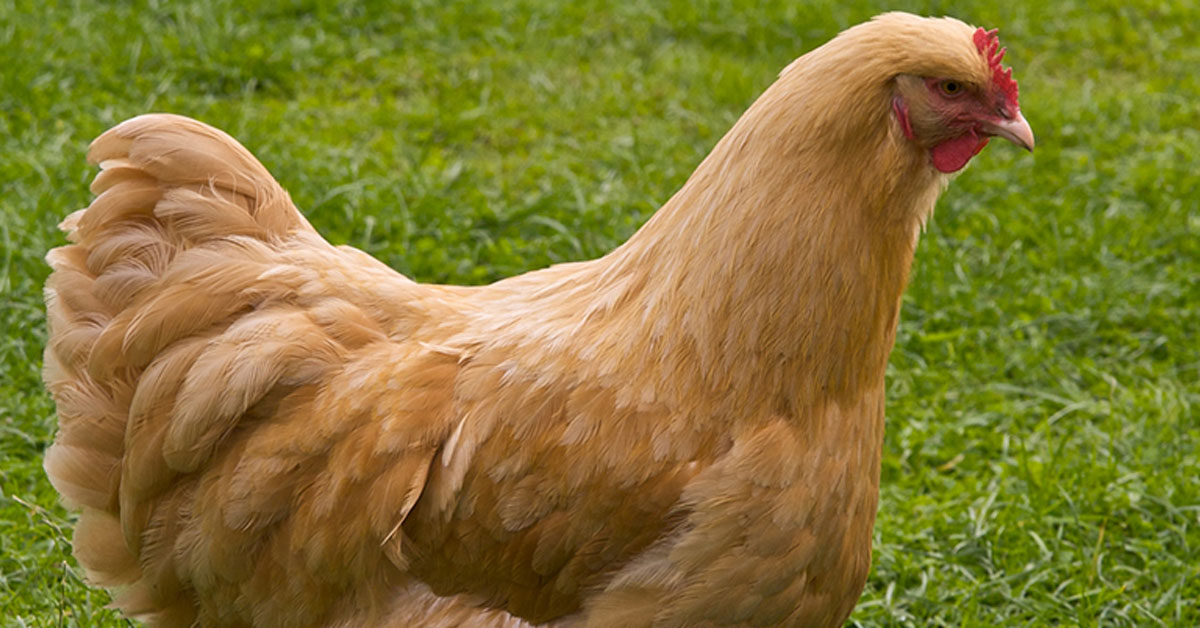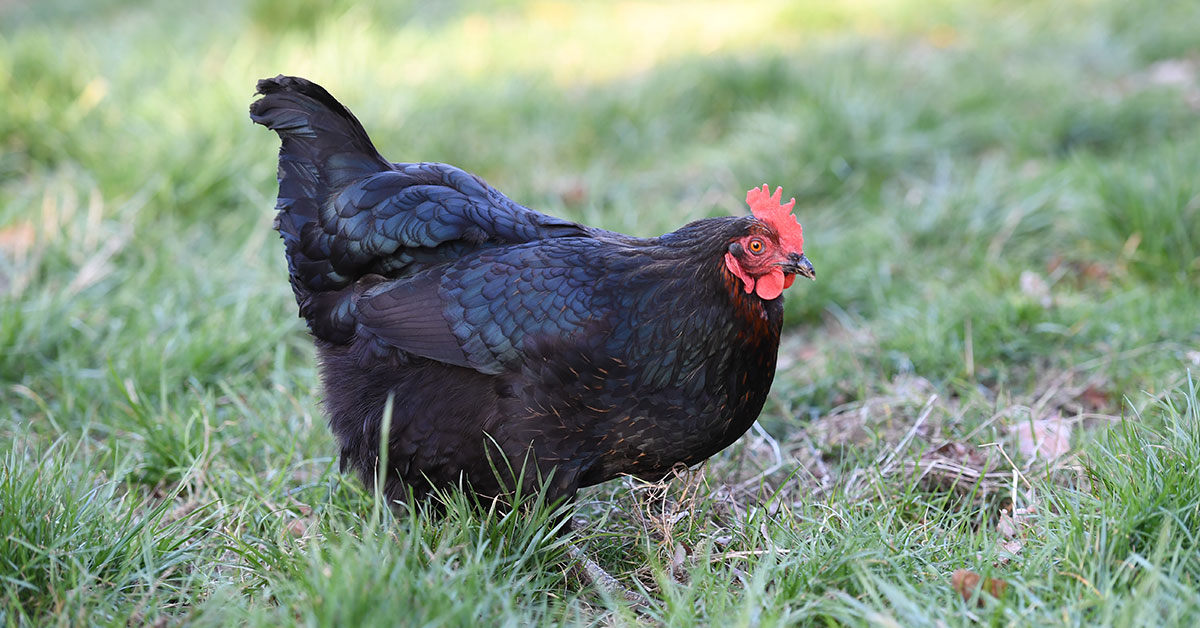Around the world, more and more people are raising guinea fowl in their backyards. The bird’s increasing popularity has lead to increased interest and availability. If you’ve raised chickens or ducks before, you may find yourself interested in taking on a new type of poultry. Before we go track down some guinea fowl chicks, we should learn what there is to know about them.
These birds are very different from chickens. Their personalities and behaviors deviate substantially from what you would expect from a chicken or a duck. They really aren’t suitable for everyone, but if you carefully research the bird and take stock of what your yard can offer, they might just work out for you.
All about Guinea Fowl
Guinea fowl have some similarities to chickens, but they are pretty different. Knowing the facts about these birds will help you in your guinea fowl raising journey.
- Latin name: Numididae
- Other names: Pintade, pearl hen, gleany, speckled hen
- Young are called: Keets
- Appearance: Spotted plumage with red, blue and white heads
- Origin: Africa
- Temperament: Docile
- Rooster behavior: Sometimes aggressive
- Noise: Noisey
- Purpose: Meat, eggs, pest control, alarm
- Eggs per year: 100
- Egg color: White
- Size: Small
- Hen weight: 3 pounds
- Rooster weight: 3 pounds
- Broody: Yes
- Lifespan: 10-15 years
- APA Recognized: Yes
Guinea fowl are a petite poultry with spotted plumage and red, blue, and white heads. Their heads have a boney protrusion and usually a very small wattle. They are a fairly docile bird overall, social with their own kind, but the roosters can be aggressive. If you have chickens, they may attack and try to push out other males and dominate the entire flock. These birds can be very noisey and may not be suitable if you have very close neighbors, or neighbors prone to complaining about noise.
Guinea fowl are good egg layers, laying about 100 small white eggs every year. These eggs are comparable to chicken eggs and are quite delicious. They can also be used for their meat. One of the biggest perks is their excellent pest control and foraging skills. If allowed to free range, they will likely be able to consume 90% of their food consumption through foraging. For this reason, they are an inexpensive bird to keep. They will aggressively hunt rats, mice, snakes, and other small pest animals, again making them ideal for barnyards. It is said that some pests, like rats, will instinctively avoid areas where they can hear a guinea fowl calling.
The biggest con to keeping them is the noise they make. But depending on your situation, this may not be a con at all. Guinea fowl are alarm birds – they will let you know if anything is out of place on your property. Their alarm call can be heard upwards of a quarter mile away, however, which may make them less than ideal for a neighborhood setting.
Temperament
Guinea fowl are very social, but mostly just with their own kind. These birds aren’t likely to be good pets for your family, and their roosters can be a touch more aggressive than a male chicken. What they lack in friendliness, they make up for in overall independence and hardiness.
Purpose
Guinea fowl are good egg and meat birds, providing upwards of 100 small, white eggs a year that can be compared in flavor to chicken eggs. Hens begin laying eggs after about 12 months, making them less than ideal for immediate turnaround on egg production. They are also excellent pest control and will aggressively go after ticks, bugs, and small animals like rodents, lizards, and snakes. It is purported that rodents will avoid an area where they hear the guinea fowl call.
Appearance
Guinea fowl are petite birds with spotted plumage, a red, white and blue head, and a bone crest and small wattle. They grow to be approximately 3 pounds, making them smaller than most chicken breeds. The head and neck are featherless, exposing bare skin.
Variations
The helmeted guinea fowl is the only type recognized by the APA, but there are other varieties of the bird. You can find lavender, pearl, white, cinnamon, royal purple, coral blue, buff, chocolate, bronze and pied colored birds.
Coop and run
In the wild, guinea fowl will usually find a nice, tall tree to roost in overnight, and that may very well be what they do at your property as well. If you have an existing chicken coop, they may be willing to roost inside of it, especially if you live in a cool, damp climate. But don’t be too surprised if your birds simply ignore any structure you’ve built for them and instead spend their nights up in the trees.
Common problems
Guinea fowl are not known to be prone to any major health issues. They may have trouble thriving in wet climates, like the Pacific Northwest or the Deep South, but if given a very dry location to roost, they should do fine even in wet, cold climates. These hardy birds are known to be a problem for beekeepers and other insect breeders. They will gladly hang out outside of a bee hive and gobble up the bees as they emerge from your hive.
Feeding Guinea Fowl
Guinea fowl have special dietary needs. They don’t like to eat standard pellet feed but prefer mash or crumbles and will gladly eat cracked corn, whole wheat, millet, sunflower seeds, greens, and bugs.
Guinea Fowl Sounds
In general, guinea fowl are quiet most of the time, offering up small chirps to communicate with one another. When they become alarmed by something, however, they can make quite a bit of noise. Their alarm sounds are a bit hard to describe, but this video from the Chicago Zoological Society does an excellent job of demonstrating their call.
How to sex Guinea Fowl
Determining the sex of a guinea fowl is a challenge. Your best bet will be when your keets are about 10 weeks old and starting to call. Roosters have a call that sounds a bit like they’re saying the word wheat while hens have a two-syllable call that sounds a bit like buck-wheat. This is the most reliable way to sex a guinea fowl. For the most part, you’ll find keets for sale “straight run” meaning they will be a mix of males and females.
Breeding Guinea Fowl
When incubated, keets will hatch from their eggs after about 28 days. Hens will sit on clutches of about 12 eggs for 28 days to hatch their own young. You can hatch keets of your own easily by letting the hens do it for you. If you aren’t careful, your flock can grow quite large quite fast.













